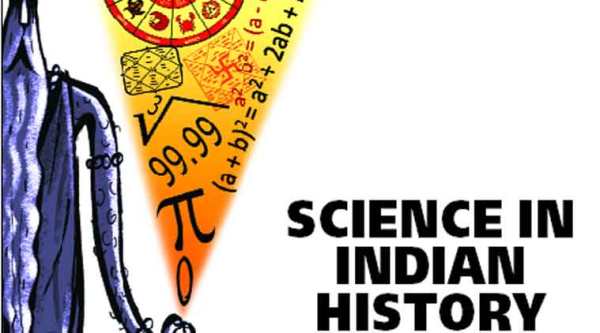Stay updated with the latest - Click here to follow us on Instagram
Science in Indian history
Aryabhatta, who lived in the 5th century, gave the value of pi as the quotient of 62,832 and 20,000, which works out to 3.1416.
Amid outrageous claims at the Indian Science Congress about the alleged aviation expertise of Ancient Indians, former minister has cautioned against debunking the genuine achievements of pre-modern Indian science. Some examples of the heights these reached, picked from The Wonder That Was India, the Australian Indologist Prof A L Basham’s magisterial history of the subcontinent before the coming of the Muslims.
monthly limit of free stories.
with an Express account.
ALGEBRA
By the time of the Guptas (4th century AD), Indian mathematicians had a clear conception of the abstract number as distinct from the numerical quantity of objects or spatial extension, and had devised a rudimentary algebra which allowed them to make more complicated calculations than the ancient Greeks (whose mathematical knowledge was essentially mensuration and geometry).
ZERO
The earliest inscription recording the date by a system of nine digits and a zero, with place notations for the tens and hundreds, is dated 595 AD, but the system was in use at least a few centuries before that. The earliest surviving mathematical texts — Bakshali Manuscript (4th century AD) and Aryabhatta’s Aryabhatiya (499 AD) — presuppose it. The mathematical implications of zero as a number — and not as the philosophical shunya (void or nothingness) — were fully understood in early medieval India.
DECIMAL SYSTEM
The Arabs called mathematics “the Indian art” (hindisat). The decimal notation, an Indian discovery, passed on to the Muslim world either through maritime traders on the west coast, or the conquerors who invaded Sindh in the 8th century AD.
VALUE OF PI
Aryabhatta, who lived in the 5th century, gave the value of pi as the quotient of 62,832 and 20,000, which works out to 3.1416, the same as its modern approximate value, and much more accurate than what the Greeks calculated.
INFINITY
Bhaskara (12th century) proved that x divided by 0 was infinity, and proved mathematically that infinity, however divided, remains infinite — a concept that had been recognized in Indian philosophy a millennium earlier.
SQUARE ROOTS
Mathematicians like Brahmagupta (7th century), Mahavira (9th century) and Bhaskara made several discoveries that came to Europe only with the Italian Renaissance (14th-17th centuries). They understood positive and negative quantities, evolved systems to extract square roots and cube roots, and solved quadratic and some indeterminate equations.
